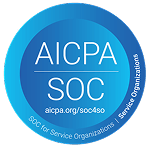Why pursue a master's degree in the U.S. or Canada?
Both the United States and Canada offer major advantages for foreign students pursuing master’s degrees:
World-class academic programs
Universities in the U.S. and Canada consistently rank among the top globally. You can find cutting-edge research, interdisciplinary programs and strong ties between universities and industries.
Career opportunities after graduation
Both countries allow international graduates to work temporarily after finishing their degrees – through optional practical training (OPT) in the U.S. or post-graduation work permit (PGWP) programs in Canada.
Global network building
Studying in North America connects you with classmates, professors and employers from around the world, expanding your future professional network.
Paths to longer-term immigration
Canada, in particular, offers clear pathways to permanent residence for students who graduate and gain work experience.


